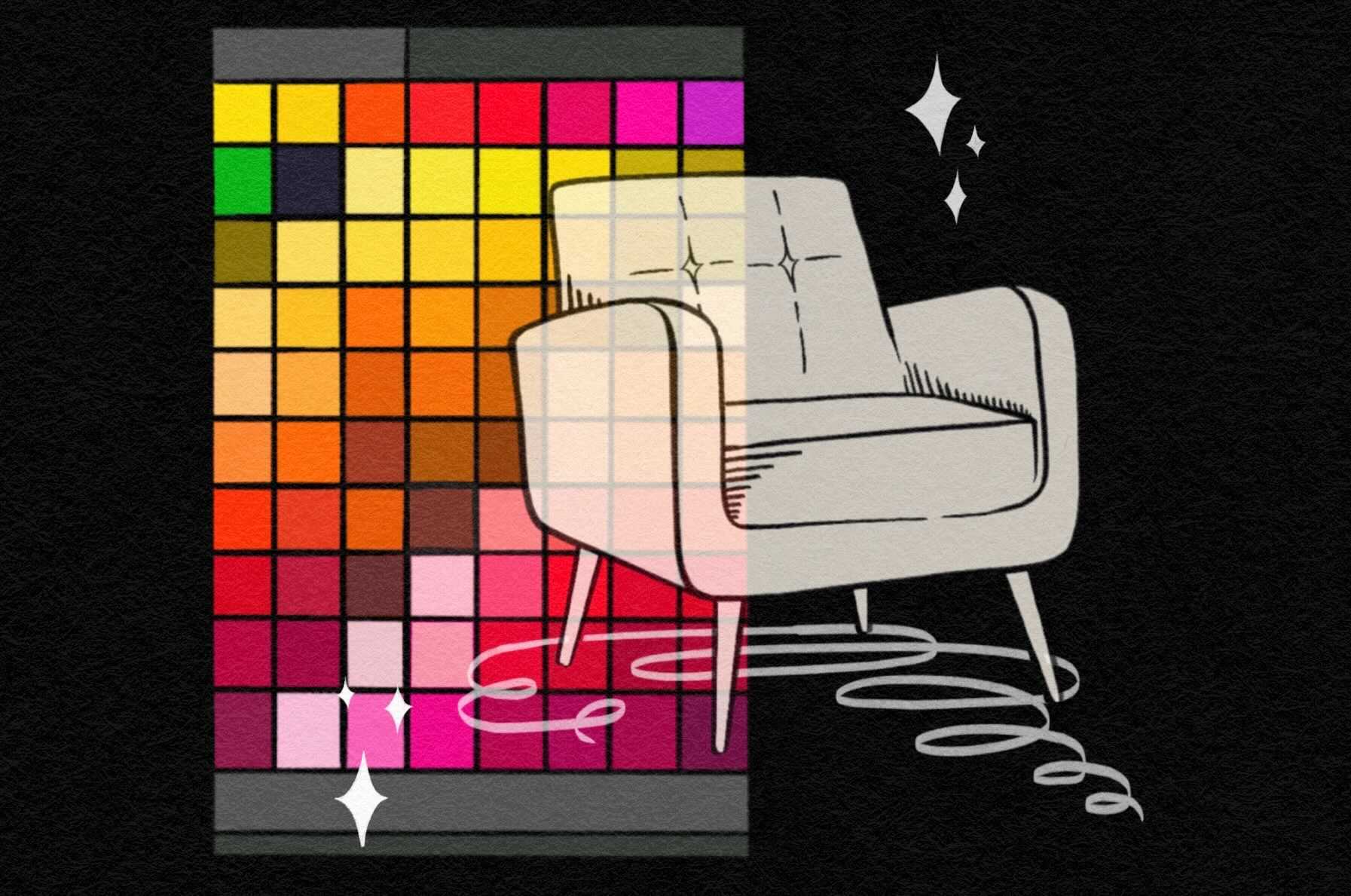Since the start of the pandemic in 2020, whether it’s to quarantine or to maintain social distancing, most people have been forced into their homes. Because of this, the desire to upgrade one’s home environment has increased dramatically. Home renovations and room makeovers have become more prevalent than ever — so much so that the price of construction materials skyrocketed, as did supply chain problems and home improvement cancellations or deferrals.
The desire to touch up your home environment isn’t a new concept. Since the days of cavemen, humans have adapted to seek out certain qualities in their home environments that will refine their quality of life, which may include aspects such as comfort, safety and security, temperature, familiarity, etc. Certain environments can encourage interactions, decrease stress, improve behavior and boost disposition. Let’s explore how various things like color, design and lighting can affect mood.
Color
Whether it’s drapes, wall paint or furniture, color can play a significant role in enhancing or inhibiting a home environment; it can even evoke emotional and mental responses to a surprising degree. For example, warm colors can generate feelings of vitality and energy, while cool colors can create a sense of calm and relaxation. This is why it’s better to use cool colors in large amounts and warm ones as accents, especially because using cool colors can also make your home appear more spacious and open. There is even a branch of psychology focused on color, which studies how it affects thoughts and mood.
With that in mind, people can respond to color in different ways. Some people may find certain colors exciting, while others may be repelled by the same colors. However, there are common associations with colors. For example, red is an intense color shown to boost focus and attention to detail, while blue is calming, promotes tranquility and can even lower blood pressure.
Neutral colors, such as white, black, gray and beige, are great to use too. It’s sometimes best to pair neutrals with saturated colors to avoid a bland feel. When used correctly, any color can improve your home environment, while the right pairings and amounts can vastly enhance your mood — both consciously and subconsciously.
Design
Like color, a good home design can generously boost your mood. When you make your way through your house, is there a sense of flow? Are the things you need often within reach? Good design is not only visually pleasing, but it is also functional and practical. There are even whole compilations of people admiring the design of their homes online.
While good design is something most people don’t notice, it is easy to notice bad design. Interior designer Phoebe Oldrey compared bad design to a pebble in a shoe. You don’t think about how awesome your shoes are until you start to experience something negative like a pebble. Likewise, when you hit your head on a low-hanging lamp or bump into an oddly-placed sofa, you’ve quite literally walked into an example of bad design
If a space is cluttered with too much furniture or decor, it can be a catalyst for unwarranted anxiety, prompting many to seek out home cleaning tips. There have even been studies proving that poor, cluttered design in hospitals can adversely affect the health of patients, increasing blood pressure and lowering the healing rate for wounds.
What design scheme makes the most sense for the purposes of a room? If it’s an office, does this room have good WiFi connectivity? If it’s a living room, are there an ample number of places to sit down when guests come in? Thinking about the function of a room can help you better design the space for convenience and comfort, thus improving your mood.
Lighting
Lighting is another important factor to consider when it comes to enhancing your home environment. There are many kinds of light that will evoke different feelings and moods. For example, soft white lights are great for living rooms, while warm white lights are better for kitchens — consider what lights work best for your space.
Lighting can not only make it easier to perform the actions the room was designed for, but it can also improve mental and emotional health. Bright lighting has been shown to increase motivation and productivity, while dark spaces can decrease motivation. In fact, a study showed that changing the lighting in rooms helped decrease depressive symptoms significantly.
However, home lighting doesn’t always have to be artificial. If it’s a space that is meant for reading, placing a seat beside direct sunlight may be best, but consider a backup for this if you decide to read at night. Sunlight is a great natural source of light that also provides vitamin D, and people with SAD, or seasonal affective disorder, can especially benefit from natural sunlight. Sunroofs and windows without drapes are great installments that can decrease your need for lightbulbs and bring even more sunlight into your home.
Even the direction of a light source can affect the way we feel in a given space. Intense, direct light from above can create a tense, uneasy feeling — similar to the hanging lights used in interrogation scenes in movies. Lower, overhead lighting gives a relaxed vibe, while bright light is best for workspaces. Thinking about what direction a room’s light is coming from can help you understand why you feel the way you do. Then, you can decide if it’s a good fit, or if you’d like to change it.
There are many elements to consider when thinking about your home environment. Properly using color, design and lighting to heighten both the functionality and visual feel of your home can vastly rally your mood. The pandemic may have encouraged us to start taking our home environments a little more seriously — and that’s a good thing. After all, this is the place you go to unwind and recharge away from a chaotic world. We want these spaces to be the best they can be, and if we can improve it, we should.
















